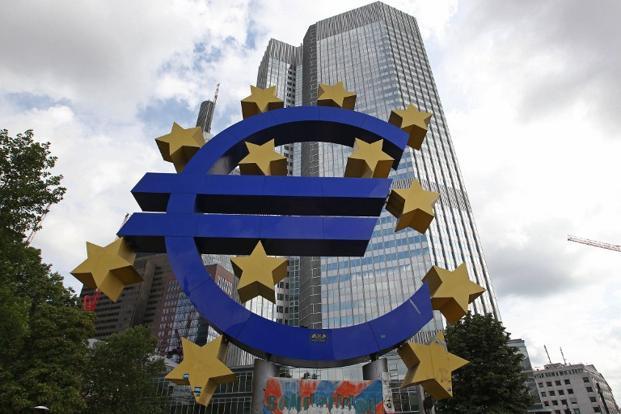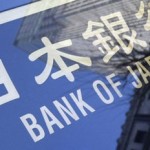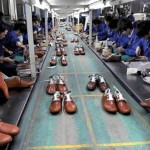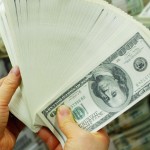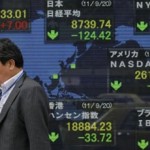Price rises threaten to stifle China easing
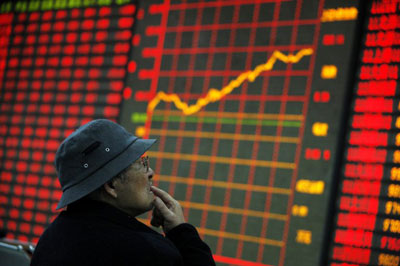
Chinese consumer inflation picked up in May following a dip in April that had raised concerns about the danger of deflation in the world’s second-largest economy.
The headline consumer price index rose 2.5 per cent from a year earlier, compared with a 1.8 per cent increase in April, but remained well below the government’s “upper limit” target of 3.5 per cent for the year. Producer prices also ticked higher but remained in deflationary territory, where they have been for more than two years.
While politically sensitive consumer inflation remains low and relatively stable, Beijing’s recent efforts to support flagging growth through looser monetary policy could be complicated if price increases start to accelerate.
Tuesday’s data underline the balancing act the Chinese authorities face.
On Monday, the People’s Bank of China, the central bank, cut the proportion of deposits that smaller banks need to hold in reserve in the latest move aimed at boosting growth that has slowed considerably since the start of 2014.
The move was largely symbolic, with analysts estimating it would release only around Rmb50bn ($8bn) of extra liquidity into the interbank market.
But the decision provides further proof of the Chinese leadership’s commitment to keeping growth high, even at the expense of reforms that are intended to put the economy on a sustainable long-term footing.
Officially, China’s monetary policy remains “prudent” but in recent weeks there have been a series of targeted moves to provide more liquidity to parts of the economy the government feels are vulnerable.
This has been accompanied by greater efforts to rein in some of the riskiest types of shadow banking, in particular high-interest short-term “trust products”.
Trust products are essentially loans to the riskiest borrowers in China that have been repackaged and resold to investors.
Recent data suggest regulators have had some success in curbing these parts of the financial system, leaving them more room for targeted easing measures without the fear of reinflating bubbles and exacerbating distortions.
Beijing has also unveiled a series of “mini-stimulus” measures, such as accelerated construction of public housing and railways, to pump up growth rates and utilise some of the enormous overcapacity in construction materials like cement and steel.
Support for infrastructure construction is looking increasingly urgent as property markets across the country have been hit by falling sales and prices and new residential property construction has stalled in many places.
In comments released by state media on Tuesday, Chinese Premier Li Keqiang exhorted officials to prioritise continued rapid growth with “a sense of responsibility and urgency”.
“We said in the past that government officials should not be evaluated only by GDP growth, but that doesn’t mean we don’t need to keep reasonable growth,” he said. “The whole Communist party, central as well as local government, should take responsibility for ensuring the [government’s economic] targets are achieved successfully.”
The comments were the strongest from China’s top leaders on the importance of growth so far this year and have been interpreted as a signal of further easing to come.
“We believe this increases pressure on the People’s Bank of China to loosen monetary policy further in the next few months,” said Zhang Zhiwei, chief China economist at Nomura. “Policy easing has become significant from a macro perspective.”
Source: FT









